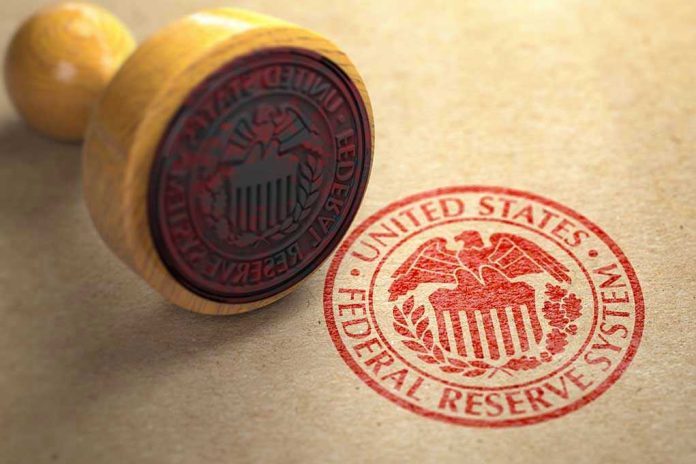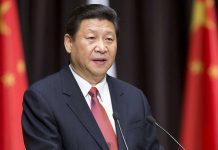
The Trump administration’s search for a Federal Reserve Chair aligned with its economic agenda sparks discussions on the future of U.S. monetary policy.
Story Highlights
- The Trump administration is considering 11 candidates to replace Jerome Powell as Fed Chair.
- This expansion signals a strategic shift towards aligning the Fed with the administration’s policies.
- The search reflects tensions between Trump and Powell over interest rate policies.
- The administration’s early start indicates urgency and strategic planning.
Trump’s Expansive Search for Fed Chair
In August 2025, reports surfaced that President Trump is expanding the list of candidates to replace Federal Reserve Chairman Jerome Powell, whose term expires in May 2026. This move is part of a broader strategy to realign the central bank’s leadership with the administration’s economic preferences. The list includes 11 potential successors, reflecting an unusually large pool for such a crucial position.
The administration’s decision to broaden the search underscores its intention to find a candidate more aligned with its economic policies. This proactive approach marks a significant shift in the Federal Reserve’s direction, suggesting potential changes in monetary policy priorities. The early start of this search demonstrates an urgency to reshape the Fed’s leadership well before Powell’s term ends.
Understanding the Context and Motivations
The Federal Reserve Chair plays a critical role in shaping U.S. and global economic policy. Jerome Powell, appointed by Trump in 2018, has faced criticism from the President for not pursuing aggressive rate cuts. The tensions between Trump’s administration and Powell have been evident, particularly regarding interest rate policies and inflation management.
The administration’s desire to install a chair supportive of its economic agenda reflects a broader trend of presidential influence over the Fed. This scenario is not unprecedented, as past presidents have also sought to impact Fed policy through appointments. However, the explicit intent to find a chair more aligned with Trump’s views raises questions about the Fed’s independence.
Potential Implications of a New Fed Chair
The appointment of a new chair aligned with Trump could lead to significant shifts in monetary policy and regulatory approaches. Short-term, this has introduced market uncertainty as investors speculate on the Fed’s future direction. Long-term implications could involve changes in interest rate policies, potentially affecting inflation, employment, and asset prices.
Such a change could also spark political debates over the Fed’s independence and the balance between economic growth and inflation control. A chair more attuned to the administration’s views might prioritize growth, possibly at the expense of inflation management, raising concerns among economists about the politicization of the Fed.
Trump Admin Considering 11 Candidates for Fed Chair https://t.co/87vGHuYSeD
— Joe Honest Truth (@JoeHonestTruth) August 13, 2025
Experts warn that frequent leadership changes or overt political influence could undermine market confidence. While some argue that a new chair could better align monetary policy with current economic realities, critics caution against undermining the Fed’s credibility and long-term effectiveness.
Sources:
Trump officials cast a wider net for Powell replacement at Fed










